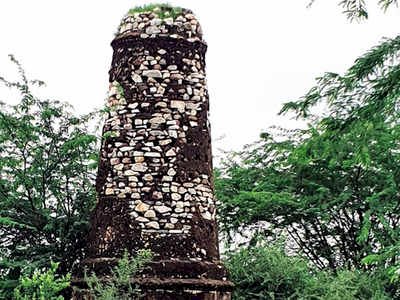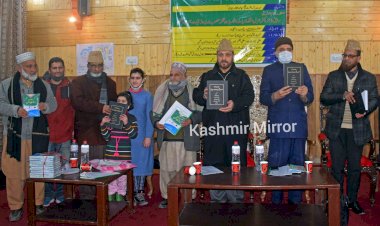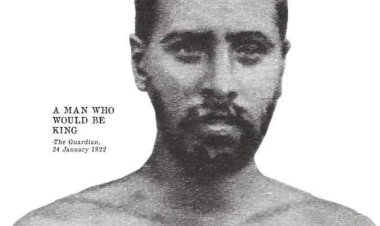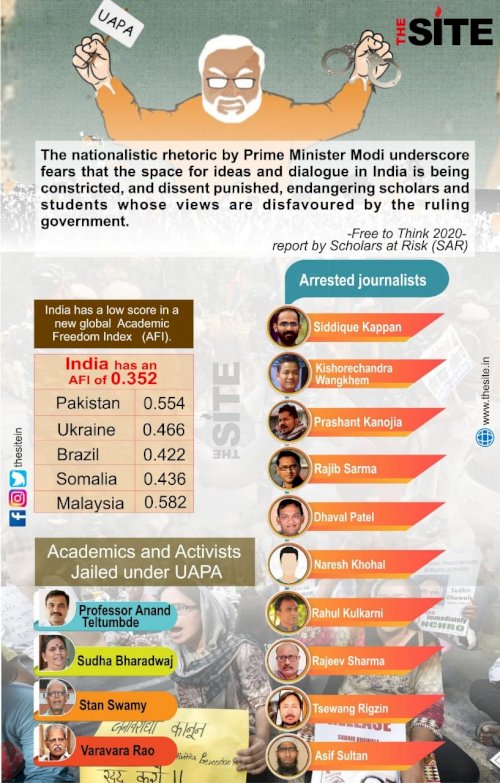Mughal era 'minars' and 'sarai quila' discovered on the road to Ajmer.
Two structures from the time of Mughal emperor Akbar, kos minars' (milestones) and 'sarai quila' (resting fort) was discovered by the Department of Archaeology and Museums (DAM) along the National Highway between Kishangarh in Ajmer and Dudu in Jaipur.
The 16th century 'kos minars' or milestones, found at a distance of 1.69k between Ajmer and Fatehpur Sikri provide assistance to travellers or devotees heading towards Ajmer dargah.
Reportedly, Neeraj Tripati, circle superintendent of DAM says, "These minars came up between 1570 and 1582 CE. During the 12-year period, Akbar visited Ajmer almost every year for pilgrimage. The city rose to prominence during this period as locals and foreigners started visiting the dargah. The discovery of a sarai along with two minars at Sakun village will add new information on the life of Mughal rulers from Akbar to Aurangzeb".
Tripathi visited the site first in December 2019, based on informations from the local residents. The minars and the sarai were found in a dilapidated condition and that they were not mentioned in the ASI or state archaeological records.
Excited at the discovery, Tripathi said, "The ‘sarai’ was octagonal in shape which is pure Mughal architecture. Even more astonishing was a painting in one of the chambers without half its ceiling. This was similar to the painting in the main royal chamber at the Ajmer fort. It indicates that it was the night halt station for royalty back then." The assessment will be subjected to further verification, he adds.
Some of the material used in the structures are limestone, brick powder and other natural binding material, even jaggery and methi. The structures have been found under ‘non-claimed or nazool’ land in the revenue records. They have been forgotten due to the local belief that they are haunted by ghosts.
Funds have been sought, and initial steps to make them protected tourist sites has been undertaken by the Jaipur circle superintendent, Sohan Lal. He is hopeful of a positive response from the tourism department.
“The idea that NH-8 is a historical route to Ajmer has been challenged by this finding,” Lal said. He has also prepared the scientific examination, including dating of structures to support the findings that it belongs to the Mughal period
















